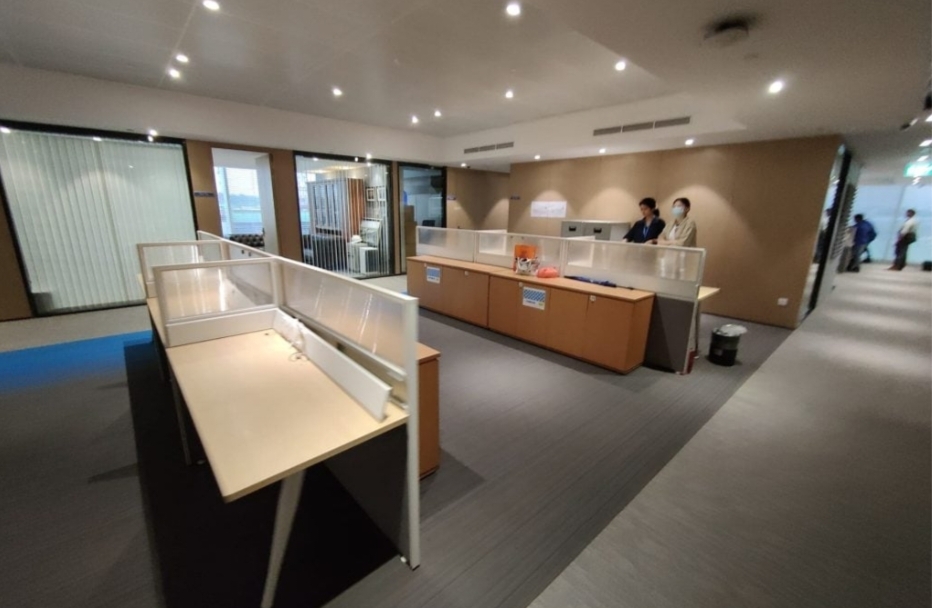In the world of modern sensing technologies, fiber optic sensors are rapidly gaining popularity due to their superior accuracy, flexibility and capability to work smoothly even under the most tough conditions. As opposed to older electrical sensors which depend on the current and voltage on the conductor, fiber optic sensors have adopted the light as the medium of measurement and is able to detect the change in parameters like temperature, pressure, strain, and vibration with an exceptional degree of accuracy.
Their immunity to electromagnetic interference by virtue of this dependence on light is of great benefit in power, aerospace and oil and gas sectors whereby electronic disturbances may affect performance. Besides, the ability to endure the harsh conditions such as high temperature and environment that is corrosive due to its chemicals makes them a wiser and safer solution to traditional systems.
What Is a Fiber Optic Sensor?
A fiber optic sensor is the instrument, which employs an optical fiber as a sensory element. Its working principle is that the modification in the external environment can modify the characteristics of light like intensity, phase, wavelength or polarization that flows through the fiber. With these changes being monitored, the sensor is capable of giving extremely precise measurements.
There are many types of fiber optic sensors which can be divided into:
• Intrinsic sensors- the sensing occurs within the optical fiber.
• Extrinsic sensors – in this type the fiber is used as a means of transmitting signals to and out of a sensing element mounted external to the circuit.
The benefits of Fiber Optic Sensors
The fiber optic sensors possess a number of distinct strengths, which contribute to their very appealing nature in critical applications:
1. Immunity to Electromagnetic Interference (EMI): Suited to highly electrically disturbed environments.
2. High Accuracy & Sensitivity: Light-based measurements are sensitive enough to be able to identify minute changes.
3. Sturdiness in Unfriendly Conditions: Moan resistance to high and low temperatures, chemical substances, and humidity.
4. Small Size: Optical fibers are very small which enables them to be integrated into small spaces.
5. Multiplexing Capability: Multiplexing can be used to connect a number of sensors on a single fiber and decreases cost in cabling and installation.
The Important Uses of Fiber Optic Sensors
The major applications of fiber optic sensors are the following.
1. Oil & Gas Industry
Fiber optic sensors find extensive applications in the oil wells and pipelines in temperature and pressure monitoring. They are resistant to adverse conditions which make them reliable in the long run.
2. Civil Engineering
Structural health is important in the case of bridges, tunnels, etc. Real-time strain, stress and vibration measurements can also be monitored using fiber optic sensors so that catastrophic failures are prevented.
3. Aerospace & Defense
Sensing is needed that is lightweight and does not cause interference to aircraft, satellites, and defense systems. In this kind of application, fiber optic sensors are ideal in stress, load, and vibration measurements.
4. Medical Industry
Fiber optic sensors are applied in minimally invasive surgery and patient diagnosis; these sensors are applied in the inside of the human body to monitor temperature and pressure and are not dangerous due to the electric currents.
5. Power & Energy
Power lines, generators and transformers, are monitored with fiber optic sensors. They are especially suited to high-voltage applications since they can easily resist EMI.
6. Industrial Applications
Fiber optic sensors are often used in manufacturing plants to measure strain, vibration and temperature in machinery to guarantee predictive maintenance and minimize the downtime.
Tempsens, a company that has been specializing in temperature measurement/calibration, has increased its range of products with the addition of fiber optic sensing solutions. They come up with sensors capable of operating in an environment where traditional sensors do not work like in a high-voltage or high-temperature setting. They have fiber optic sensors that are especially handy in such industries as steel, power, and petrochemicals, where durability and precision cannot be compromised. Tempsens is assisting industries to become efficient, safe, and reliable by providing the most recent sensor solutions.
Future of Fiber Optic Sensors
Fiber optic sensing technology has a bright future. Fiber optic sensors will be important with the growing need to have real-time monitoring, smart infrastructure, and industrial automation. The application of the fiber optic sensor is bound to be incorporated with the emerging technologies such as Internet of Things (IoT) and artificial intelligence (AI) to create smarter data collection and analysis. Also, as the cost is lowered when it is adopted in large numbers, more sectors could adopt this technology, including the health care sector and consumer electronics.
Conclusion
Fiber optic sensors are changing the manner in which industries measure and monitor critical parameters. Their precision, durability and flexibility also make them a good substitute to traditional sensors in the context where reliability is essential. As the innovations in this space continue to gain momentum, with such players as Tempsens Instruments leading the way, fiber optic technology will transform sensing uses in several industries. Fiber optic sensors will keep on the top of modern sensing solutions as industries will continue to emphasize safety, efficiency, and real-time information.



